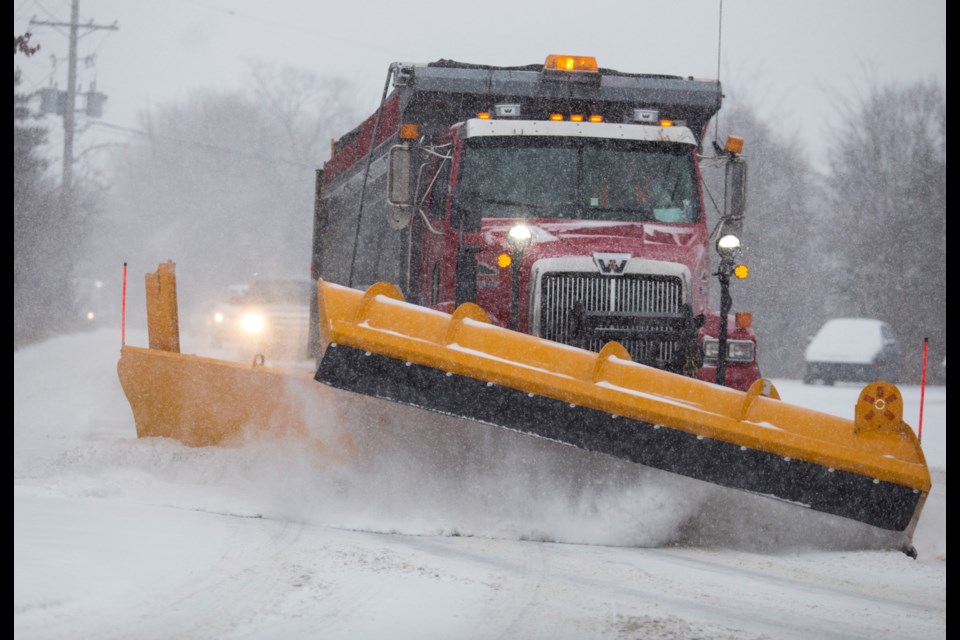It may be time to review how the city estimates its winter control budget, says Tony Cecutti, Greater Sudbury's GM of infrastructure.
In theory, the roughly $18 million a year the city spends clearing roads is expected to be hit and miss, with surpluses in less severe winters being used to fund budget overages in bad years.
But for the last few years, spending has gone overbudget as winter snowfall amounts exceed historic averages, and freezing rain becomes more common.
“We have adjusted it the last couple of years,” Cecutti said of the budget. “There is a formula that's used and frankly, it was developed quite some time ago – I think mid-2000s or so. But you're absolutely right that we've had three years in a row where we've been above the average use. So we're looking at that, trying to see whether the formula is right.”
Historically, spikes in Greater Sudbury's snowplowing budgets are paid for from a reserve fund that is replenished in years with milder winters. For example, the snowplowing budget came in $1-million lower than forecast in 2012. In 2010, mild weather resulted in a surplus of more than $4 million.
But more recently, the budget has been in the red, including by almost $2 million in 2017. The winter road maintenance budget includes plowing, sanding and salting 3,560 lane kilometres in Greater Sudbury. It includes money to handle 33 winter storms each year, as well money for such items as hauling away snow, removing snowbanks and plowing sidewalks.
While the snow came a little early this year, a not-so-dry run of plowing routes is planned for Monday, aimed at contractors who work for the city who may not be as familiar with the routes as city employees.
“There's a couple reasons why we do that,” Cecutti said. “The road looks different when you're driving the plow. So even though you might have driven the road, and you might think you know it, when you're in a plow at a different height, they look a little bit different. So it's good to actually drive them and feel the bumps in the turns.”
Drivers can also get a sense of where they want to turn, getting as close to the curb as possible without doing damage.
City crews change to winter scheduling as of Nov. 1, with one shift running eight hours starting at noon, and a second eight-hour shift starting at midnight. Crews work overtime when a storm hits and the plows have to be deployed.
The first major snowfall this month happened in the morning, while commuters were still heading to work. While they received complaints from some residents wondering why they weren't out earlier, Cecutti said they're at the mercy of mother nature.
“People will ask, 'Why aren't you out there ahead of time?' Well, if the precipitation is not on the ground, or there's not a lot of precipitation on the ground, then you're spending taxpayers money before you really should be spending their money.”
“But we had all our equipment and all our staff resources available. So everything got cleaned up quite effectively and I was happy with the response time in terms of getting the work done.”
As we get closer to December and the winter weather sets in, Cecutti reminded motorists of the need to drive according to road conditions to stay safe.
“Driving behaviour should change in winter conditions,” he said. “People should be aware that conditions can change at the drop of a hat and they need to drive more cautiously. Leave yourself more time to get to your destination and be prepared to drive a little slower, depending on the weather conditions.”
@darrenmacd
